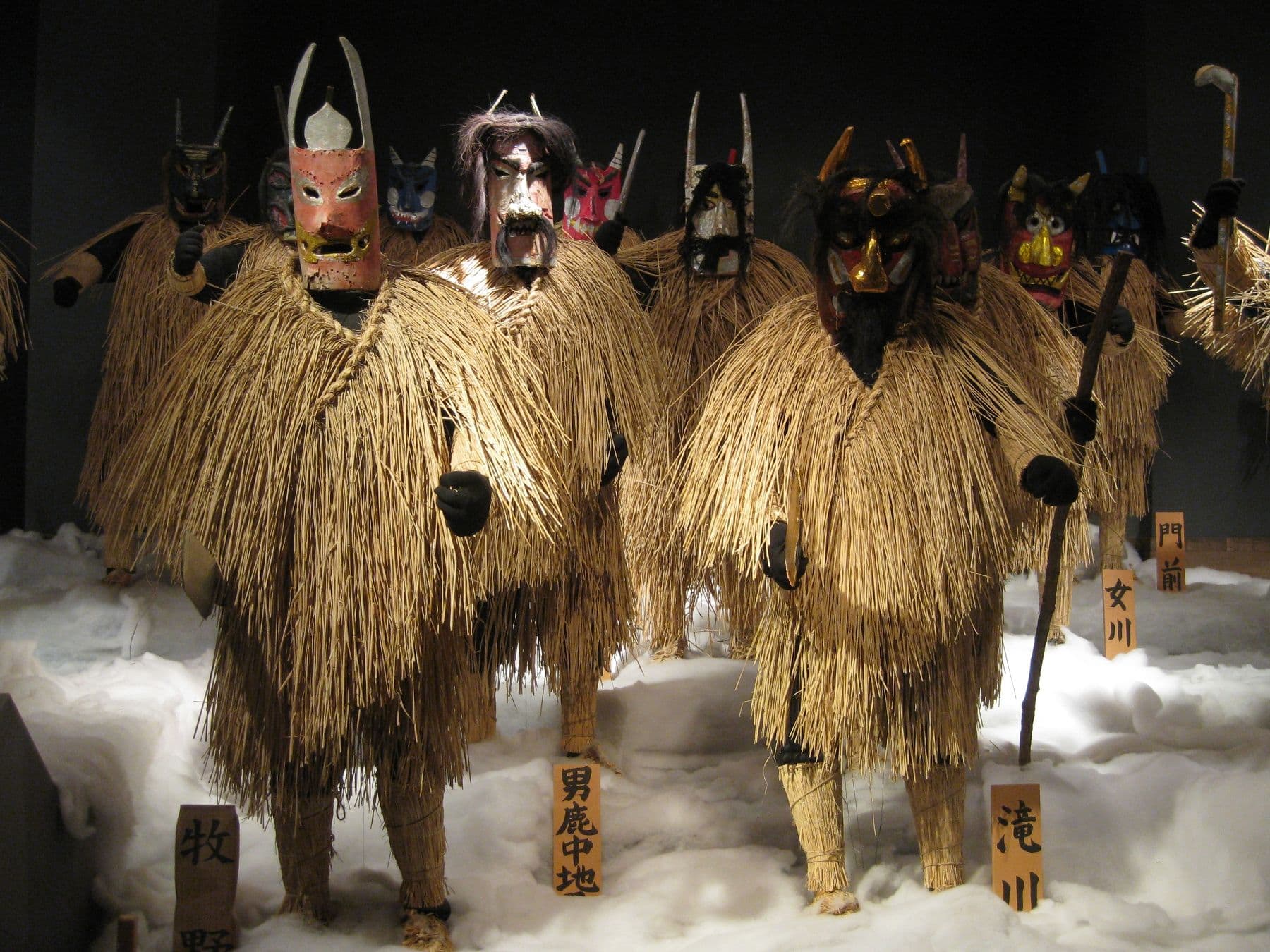
Namahage Sedo Festival
なまはげ柴灯祭Advertisement
Event Venue
Shinzan Shrine
Mizukuisawa-97 Shinzan, Kitaura, Oga-Shi, Akita
At Hey Japan!, we strive to keep the events listed on our website as current as possible. However, it is important to note that event organizers may make changes to their plans, including cancelling events, altering schedules, or modifying admission requirements, without prior notice. To ensure that you have the most accurate information, we recommend checking official websites before attending any events.
Last Updated: